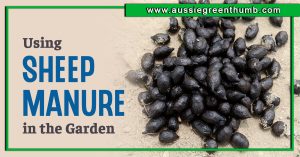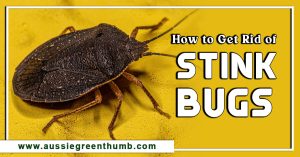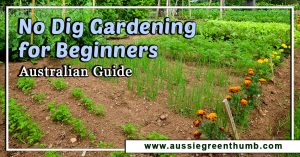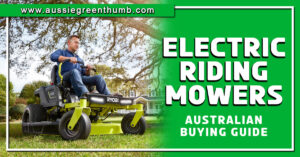Most gardens, on the surface at least, look nice and inviting. At first glance they can appear to have all the characteristics that under-gird a healthy garden but start digging a little and your presumptions can be quickly proved wrong.
Often many gardens have the appearance of health and robustness. Yet, if you took away all the chemicals that prop them up and the excess water that’s poured onto them they would soon reveal the facade that they’ve been hiding behind.
So, how do you gauge whether your garden is healthy or not? Well, here are eight characteristics of a healthy garden. Most gardens will exhibit one or two of these while a truly healthy garden will exhibit all eight.
More...
Signs of a Healthy Garden
Foliage Growth & Colour

Two years ago I wrote this post, What a plant leaf can tell you about its health, exposing some of the common ailments that plant’s exhibit through their foliage. A plant’s foliage is the best indicator of what’s happening with the plant.
They can tell you whether they’re suffering from lack of water, overwatering, too much fertiliser, not enough fertiliser, lack of micronutrients in the soil, not enough sun, too much sun and a myriad of other variables.
It’s the first place to start when you’re trying to diagnose whether your garden is healthy or if it needs some serious attention.
Water Soaks into the Soil Immediately
Fill a glass full of water and pour it onto the soil around your plants. If it takes longer than 5 seconds to soak in then chances are you have a problem with your soil. And a problem with your soil is a problem with the health of your garden. If the soil can’t soak up that amount of water then it’s going to struggle when the temperatures begin to soar.
A long term fix for this problem is to increase the levels of compost in your soil. This will break up the hydrophobic layer that exists and allow water to filter through to the roots of your plants more quickly and effectively.
In the short term, or in cases where you don’t have any compost readily available, try using some soil wetting agents.
Presence of Frogs
Many gardeners are starting to realise the importance of frogs and the contribution they make to our gardens. That's why they're ensuring they create frog-friendly gardens. These amphibious critters offer so much that to not have them in your garden can create many future problems.
The main benefit of frogs is keeping mosquito and other insect larvae under control. This is one of their favourite food sources and as they share similar resources these insect populations fail to get much air-time in the garden.
Without frogs you’re more likely to have issues with insects that create a nuisance factor, and also those that enjoy eating the foliage of many of your vegetables and leafy plants.
Birds, Bees and Butterflies
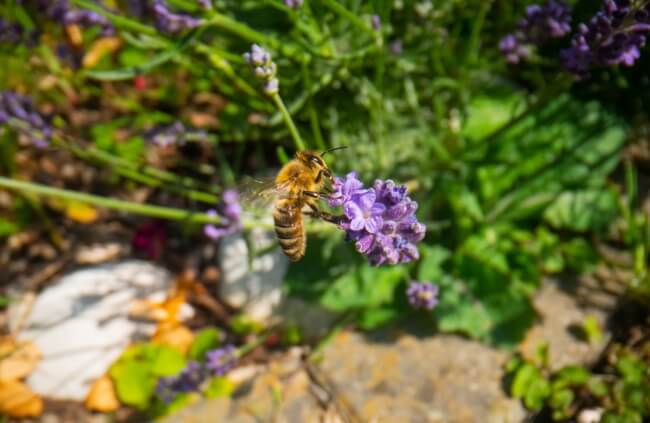
While frogs may be the bastions guarding our yards against objectionable insects, the three B’s – birds, bees and butterflies are the air-force helping our gardens achieve their very best.
These little workers put in an amazing effort at trying to help pollinate our plants and even to keep air-borne pests to a minimum. If birds are non-existent in your garden then you will soon notice growing populations of locusts and grasshoppers and other critters that may devour your plants and fruit.
Attracting them to your garden is not a tough chore either. Bringing birds into your garden can take as little as offering a bird bath to adding a bird feeder suitable for their needs.
And, both bees and butterflies can be encouraged into your yard by planting suitable plants. Here’s our guide to creating a butterfly garden.
Flowers
The absence of birds, bees and butterflies can only suggest one thing – the lack of flowers, or at the very least nectar and pollen producing flowers. Without flowers your garden cannot continue to procreate and it makes for a fairly dismal outlook.
While many people are now growing low maintenance grasses, succulents and other minimalist plants they fail to offer any habitat to desirable birds and critters. This in turn creates many future problems for gardeners where those with blooms will not struggle with.
Bushiness of Perennials
The growing habit of most perennial shrubs is fairly compact. Where their stems sometimes become leggy and bare is often a sign that something is wrong. It could be the lack of light that the plant receives forcing it to put all its growing energy to reach some ultraviolet rays.
It may even highlight problems with nutrients in the soil where nitrogen is lacking. Whatever the case, if your shrubs are supposed to grow in a compact form and don’t they may need some diagnosis and attention.
Worms in the soil

A lot of attention has been given to worms recently, and rightly so. These workers of the soil offer so much benefit to the growing mediums of our plants. A good test to see if they are operating in your garden is to turn over a spade-full of soil.
You should be able to count at least six earthworms wriggling around in this sod. If not, then you need to improve the soil by amending it with compost and other organic matter. Simply adding worms to your soil won’t fix this problem as they will soon retreat to soil where their food stuffs are in bountiful supply.
Minimal Weeds
Any gardener can rid their yard of weeds with a ton of glyphosate but eradicating them from the soil by means of mulch or planting groundcovers is the best way to keep these under control.
Minimal weeds means less problems with them – less seeding and taking control of your garden. So, it makes sense to keep them out of your soil as much as possible.
As I mentioned earlier, any one of these signs in isolation can give the illusion of a healthy garden. It’s not until all eight are prevalent that you can really sit back and brag about your garden health.
Published on June 13, 2023 by Gary Clarke
Last Updated on October 25, 2023

